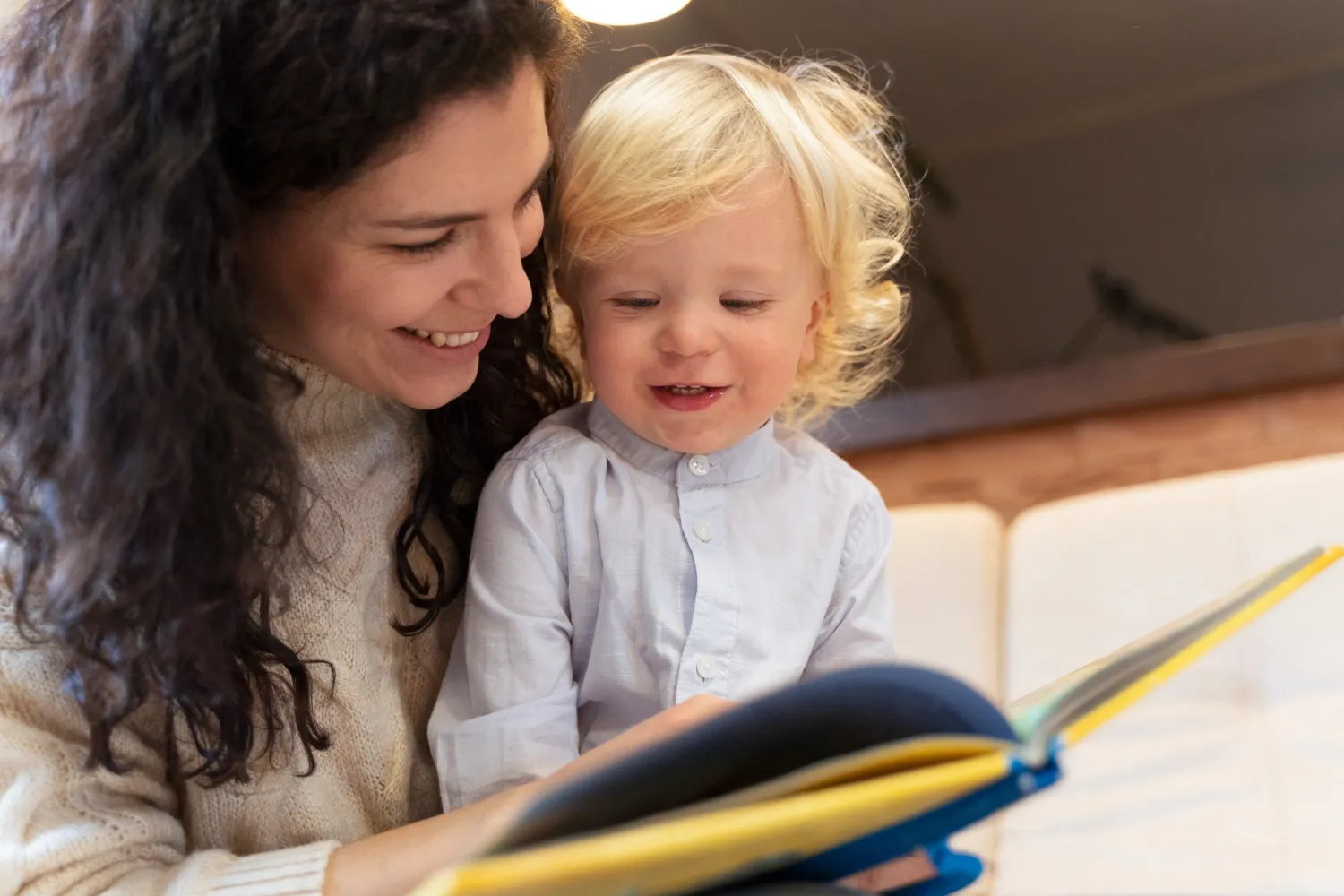How To Turn a Typical Walk in The Park Into Something More Worthwhile

How To Turn a Typical Walk in The Park Into Something More Worthwhile
We live in a language-rich world. We express our experiences and understand others by the words we choose to share. Language is made up of two elements: how we use language and how we understand language. Both are vital for effective communication.
Young children learn through:
- Positive interactions with the important people in their life
- Play that is relevant and meaningful to their life
- Discovery and exploration using all their senses
- Helping with household chores
- Participating in daily routines/learning by doing
- Play-based movement
- Language rich experiences
With these factors in mind, the best way to support a child’s language development is to fill their environment with engaging language opportunities while they are playing and actively exploring the world around them.
Our days are filled with opportunities just waiting to be injected with language. Yes, being intentional with language does require effort but all the best things do and once a routine is established, you’ll see how positively your child responds and the benefits they reap. Soon enough, it will become second nature to you.
When can you do this?
Choose a handful of moments throughout the day where your focus is directly on your child and your interactions with them such as:
- Playtime
- Meals
- Bathtime
- A walk in the park
- In the car together
Seek opportunities that are characterised by a variety of objects, people and actions that you can talk about together.
What types of words?
While a child’s first words are often nouns, for children to start forming simple phrases and sentences they need different types of words.
All sentences are made up of a ‘who’ and a ‘do’ so focus on using pronouns (people words - he/she/they/I/me) and nouns (the ball/car/doll/cat) with verbs (action words - sleep, jump, run, eat, play). Then look to add in adjectives (descriptive words - red, big, soft) and prepositions (locations words - up, down, in, on, under).
What should you say?
Language stimulation techniques are a handful of strategies Speech Pathologists encourage parents to use during everyday activities to support their child’s language use and understanding. These strategies will help you provide your child with lots of language input at a level that they can understand as well as encouraging your child to use more language themselves.
Modelling
- Modelling involves simplifying the language that is being used to provide a model of a word or phrase that the child has the capacity to copy and produce to encourage their language use.
Recasting
- Recasting is another form of modelling and involves adding correct information without obstructing the natural flow of communication.
- When recasting you change what the child said by adding new or different words and/or grammatical structures.
- The child may repeat your new phrase but it should not be expected or enforced.
- For example, if your child says “boy are playing” you could say “yes, the boy is playing!” or “the dog runned” you could say “the dog ran fast!”
Expansions
- Expansions build upon what your child has said by adding features or expanding what they have said by 1 or 2 words to help them learn words and how they are put together meaningfully.
- This back and forth tells your child that what they said was important, worth repeating and will encourage their continued use of the phrases.
- For example, if your child says “car” you can expand that single word with:
- Describing words: big car, red car, fast car
- Action words: car go, car stop, push car
- Location words: car on, car under
- People words: my car, your car
- Other meaningful words: more cars, car stop
Self-talk
- Self-talk is just what it sounds like, you commentate what you are doing, seeing or hearing during the day using short sentences when you are with your child.
- For example, in the kitchen you could say: “Mummy/daddy is making muffins. I’m stirring the mix, I’m putting them in the oven. They are hot. The muffins smell yummy!”
Parallel talk
- Parallel talk is similar to self-talk, however, instead of talking about what you are doing, seeing or hearing, you are talking about what your child is experiencing.
- Parallel talk is more about modelling language rather than asking questions of your child.
- For example, if your child is playing with a puzzle, you could say: “You have a big piece. You made it fit. You threw the red piece. You finished it.
Some Ideas
If you are looking for some more structured ways to include language-rich moments into your everyday routines, here are some activities you can use around the house, in the garden or on a walk.
- Photo Safari Bingo with nouns
- Scavenger hunt using opposites
- Charades with verbs
- I Spy with the senses
- Guessing game with ‘wh’ elements
By modeling and encouraging positive language use with your child you are setting your child up for success!
Should you have any concerns with how your child is using or understanding language, a Language Assessment by a Speech Pathologist can be helpful to evaluate their language skills and determine if they are developing appropriately for their age or if some additional support would be beneficial as early intervention is incredibly valuable.











.webp)
















